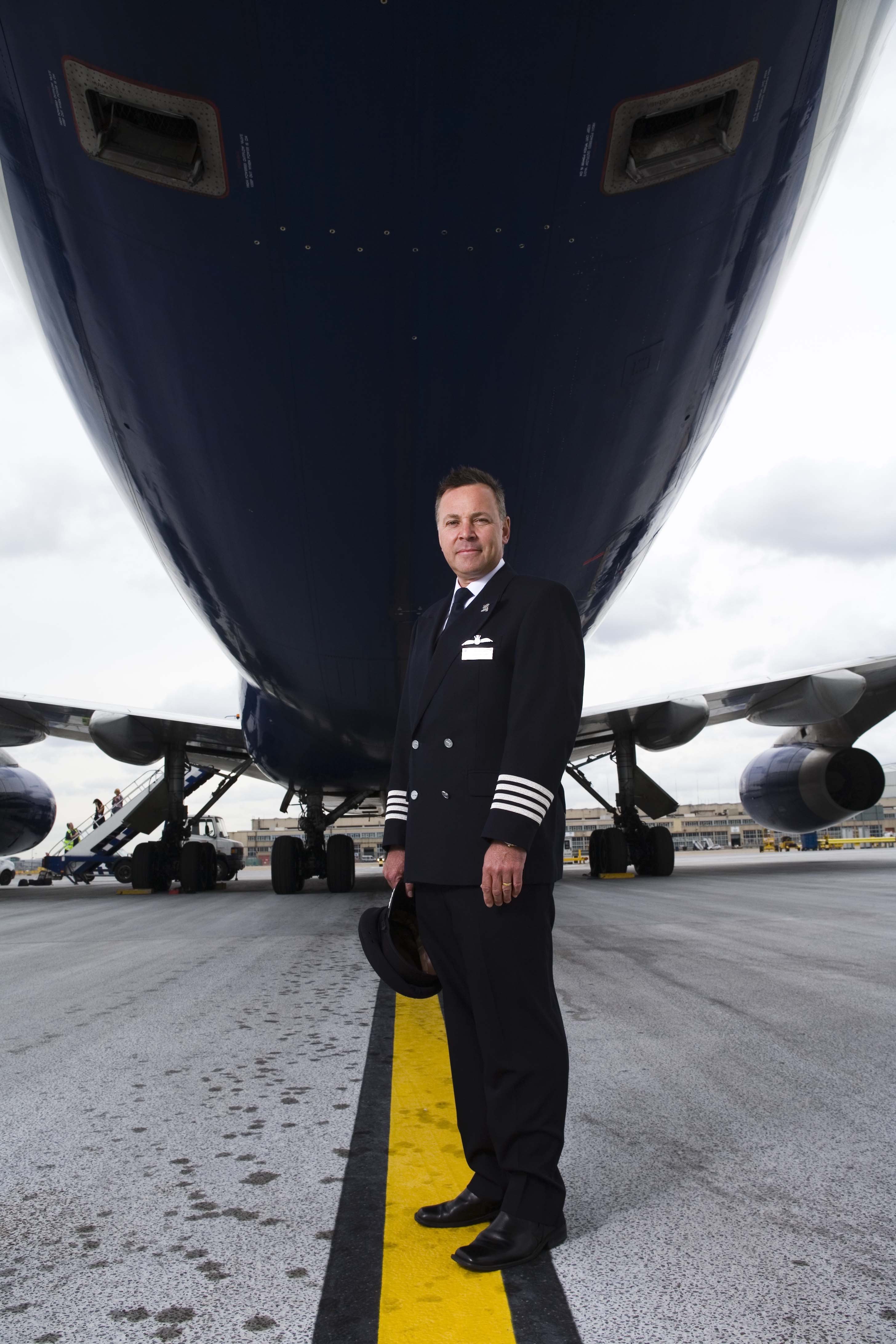A fantastic and life changing one day course run by British Airways pilots to help people overcome their fear of flying.
Every year we help around 1500 people through one of five different types of courses to suit all budgets, preferences for group size, and age.
Our Primary Course (held at LHR, LGW, MAN, GLA and EDI) consists of a morning and afternoon session followed by a short flight on a BA aircraft (see below).
Morning Session - Technical (2hrs)
Our pilots will cover everything from turbulence to TCAS, flight simulators to the science of flight to help increase your knowledge and understanding.
Afternoon Session - Psychological (2hrs)
Our psychologists will help people to understand phobias and crucially teach people how to break into and manage the anxiety.
Flight on BA aircraft (45mins)
Equipped with all of the knowledge gained from the morning and early afternoon sessions and accompanied by our team of pilots, psychologists and cabin crew we get airborne. An extra pilot on the flight deck will give a running commentary to reassure and explain to the 70-100 people on board the various phases of the flight and what is happening and why. What all of the noises and movements are and that they are expected and normal.
At LHR we also conduct Primary Plus courses (10 people), Teenage Courses (max six), Premium courses (for 4) and a Private one to one course option is also available. All of these courses involve a flight, however we also run ground only courses for children at LHR, and for adults in DXB, JNB and occasionally other venues such as CPT.
The feedback for all of these courses is fantastic, take a look at our testimonials online if you want to see evidence of the life changing magic we make happen. https://flyingwithconfidence.com/
Top Ten Tips for nervous flyers
1. Remember that turbulence is uncomfortable but never dangerous. It is a perfectly normal part of flying caused by nature. Pilots are never worried about turbulence, as the aircraft is never in danger.
2. Learn to control your breathing. When you feel anxious, hold your breath, then a long deep breathe in, followed by a long deep breath out. Continue long deep breathing. It is impossible to be in a state of panic if you are breathing deeply at the same time.
3. Combine the deep breath in with a muscle contraction. Clenching your buttocks is most effective, as it overrides other nervous signals going up and down your spinal cord. Taking conscious control of your body and mind in this way as soon as you recognise you are afraid is extremely effective.
4. Aircraft like to be in the air. They are designed to be in the air. Pilots and cabin crew like to be in the air also, it is a very normal, safe environment for them to be in. Flight crew love flying aircraft, very often it is the only thing they ever wanted to do as a career.
5. Understand lift. The wings enable aircraft to fly, not the engines. A commercial aircraft flying at 30,000ft can glide for 100 miles even if all the engines fail. A single engine failure is extremely rare event, but one that flight crew are trained to cope with and manage very effectively.
6. Split a long flight up into half hour sections. Go with a plan of things to do, perhaps things you never get round to. Write a letter, watch a film, read a book, eat a meal. Being on an aircraft is actually quality time without the interruptions of everyday life such as household chores, incoming emails and phone calls.
7. Pilots undergo a rigorous selection procedure and are the most highly trained and tested profession on earth. They are subjected to simulator tests every six months. They are also subjected to an annual written technical exam and medical.
8. Commercial aircraft are incredibly well maintained, and are checked before every flight by pilots and engineers. Routine maintenance is conducted at regular, specified intervals by licensed engineers. The aircraft undergoes a transit check every time it lands, a more detailed check daily, weekly and so on.
9. Air traffic controllers are trained and licensed professionals operating under a very strict set of rules. All pilots have to abide by the rules of the air. In the extremely rare event of human error by both pilots and air traffic controllers, there is a computer based back up system to prevent a collision.
10. Visualise yourself stepping off the aircraft into the arms of loved ones, or into a lovely warm climate, or into a successful business meeting

